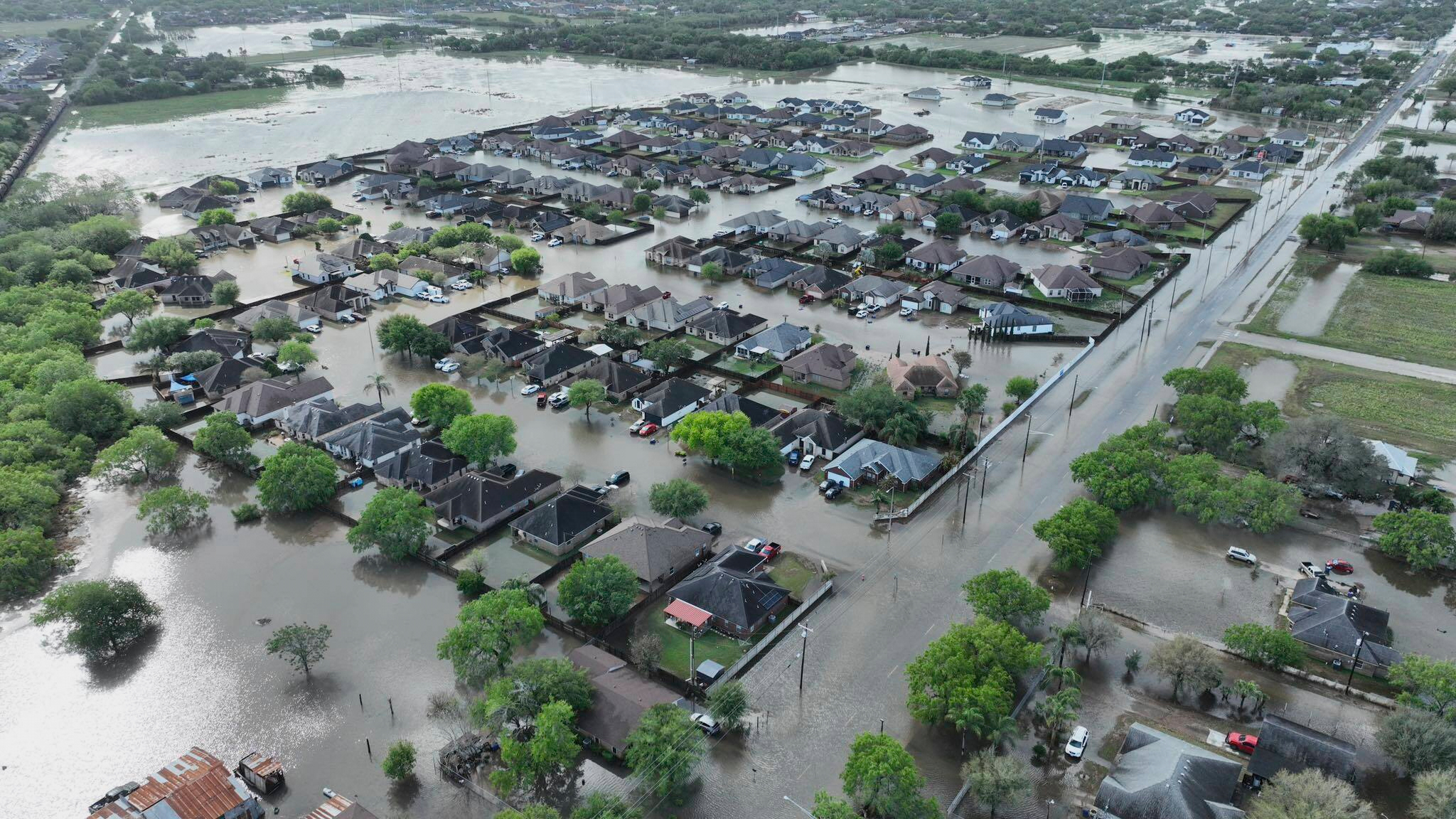Nearly 40 million Americans are under an alert as a heat wave blankets several states, triggering warnings and advisories in areas with triple-digit heat. According to meteorologists, the high temperatures will persist through the Fourth of July.
An excessive heat warning is in effect in Tucson, Arizona; Albuquerque, New Mexico; Mobile, Alabama; Lake Charles, Louisiana; and large parts of Texas, with a high in Rio Grande Valley of 118 degrees.
The dangerously hot temperatures forecast fall between 103 degrees and 118 degrees.
"As we head into the upcoming weekend and next week; this heat is going to spread here into the Southwest and Western United States; even parts of California are probably going to be seeing excessive heat conditions," said Gabriel Lojero, NOAA National Weather Service Phoenix meteorologist.
Over the weekend, the extreme heat claimed the life of a 14-year-old from Florida, according to officials. The teen died while hiking Big Bend National Park in Texas in 119 degrees. The boy was hiking with his 21-year-old brother and his stepfather.
Big Bend National Park Ranger Tom VandenBerg said the stepfather went to get help and the boy’s older brother tried to carry the teen to the trailhead to get help, but was unable to make it out of the remote hike with his brother. According to VandenBerg, the older brother set his brother down on the trail and was able to make it to a ranger’s home near the trail to call for help. The emergency call came in around 6 p.m. on Friday. The boy was found by rescue personnel on the Marufo Vega Trail around 7:30 p.m. and was pronounced dead; 30 minutes later his stepfather was found dead after officials found his car off an embankment about a half-mile down the road.

Why is Texas so hot right now? A heat dome — and it could grow
Experts say an erratic jet stream has helped stall a lot of hot air over Mexico and Texas.
The deaths remain under investigation, but VandenBerg said it’s believed that heat may have also impacted the stepfather’s ability to drive.
"That type of heat, you just can't even drink enough water to really be safe in those conditions. You can only imagine what the father was going through at the time trying to get help for his boys," VandenBerg said.
The 14-year-old boy’s body was recovered a mile from the trailhead, VandenBerg said.
On average, about a half-million people visit Big Bend National Park each year. This year four visitors have died. VandenBerg said often heat is a factor, adding that June is the hottest month to hike in the park.
"It’s rare for us to have something like this where we have two, you know, from one family, that just makes it even more heartbreaking," VandenBerg said.
The Marufo Vega Trail is a 14-mile loop with rugged terrain and no cell phone service, shade or water.
VandenBerg said warning signs of the dangers of hiking in the heat were posted. He said they can’t close the trail because staff is limited, and they’re unable to enforce a closure.
"It's a difficult time of the year to visit Big Bend National Park," VandenBerg said. "We are a winter national park. People come here to hike, camp and explore, but most visitors come between October and April. Much of the summertime it's just kind of too hot to really explore the park to its fullest."
The surviving 21-year-old is OK and back with his family in Orlando, Florida, according to VandenBerg.
Experts strongly advise people to drink plenty of fluids, wear light clothing, and exercise early in the morning or as the sun is going down and temperatures cool off.
"Don’t think you can just push through the heat," Austin, Texas, Mayor Kirk Watson said. "Pay attention to your bodies and be aware and be very careful."










